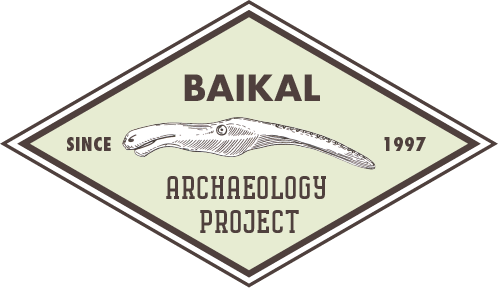Congratulations to Drs. Andrzej W. Weber, Christopher Bronk Ramsey, Rick J. Schulting, Vladimir I. Bazaliiskii and Olga I. Goriunova on the recent publication of their article in Archaeological Research in Asia!
Title: Middle Holocene hunter-gatherers of Cis-Baikal, Eastern Siberia: Chronology and dietary trends
Authors: Andrzej W. Weber, Christopher Bronk Ramsey, Rick J. Schulting, Vladimir I. Bazaliiskii and Olga I. Goriunova.
Abstract: Analyses of radiocarbon dates (all corrected for the freshwater reservoir effect) and associated stable isotope values obtained from the skeletal remains of ~650 individuals provide many new insights about Middle Holocene hunter–gatherers (HGs) of the Cis-Baikal region, Eastern Siberia. The new radiocarbon evidence clarifies the culture history of the region by defining better the boundaries between the chronological (archaeological periods) and cultural (mortuary traditions) units, as well as our understanding of the transitions between them. Furthermore, differences between the four archaeological micro-regions with regard to the timing and duration of these culture historical units have come into focus for the first time. In terms of dietary patterns, the Early Neolithic foragers of the Angara and Southwest Baikal trended towards a greater reliance on aquatic foods. A similar trend was found in the Late Neolithic (LN) Isakovo group on the Angara, while the LN Serovo group in the Little Sea trended towards an increased dietary reliance on terrestrial game. In the Early Bronze Age HGs, a mosaic of dietary patterns was found: some groups experienced dietary shifts (frequently emphasizing different foods), while other groups displayed stability. Such differences were found even between close neighbours. All these results suggest significant variation in patterns of culture change within and between archaeological periods, mortuary traditions, and micro-regions. Some cultural patterns developed at a quick pace, others much more slowly; some appear to have collapsed rapidly, while others probably went through a more gradual transition to a different pattern. Additionally, this large set of radiocarbon dates allows novel insights into patterns of cemetery use: some seem to have been used continuously, others only sporadically, and some show long periods of disuse. Moreover, some cemeteries of the same mortuary tradition were apparently in use substantially earlier than others were even established. In sum, Cis-Baikal Middle Holocene HG strategies underwent a range of changes not only at the boundaries between relevant culture historical units but also within such units. New insights suggest considerable spatio-temporal variation in the nature, pace, and timing of these developments.
Congratulations to Andrzej and co-authors!


